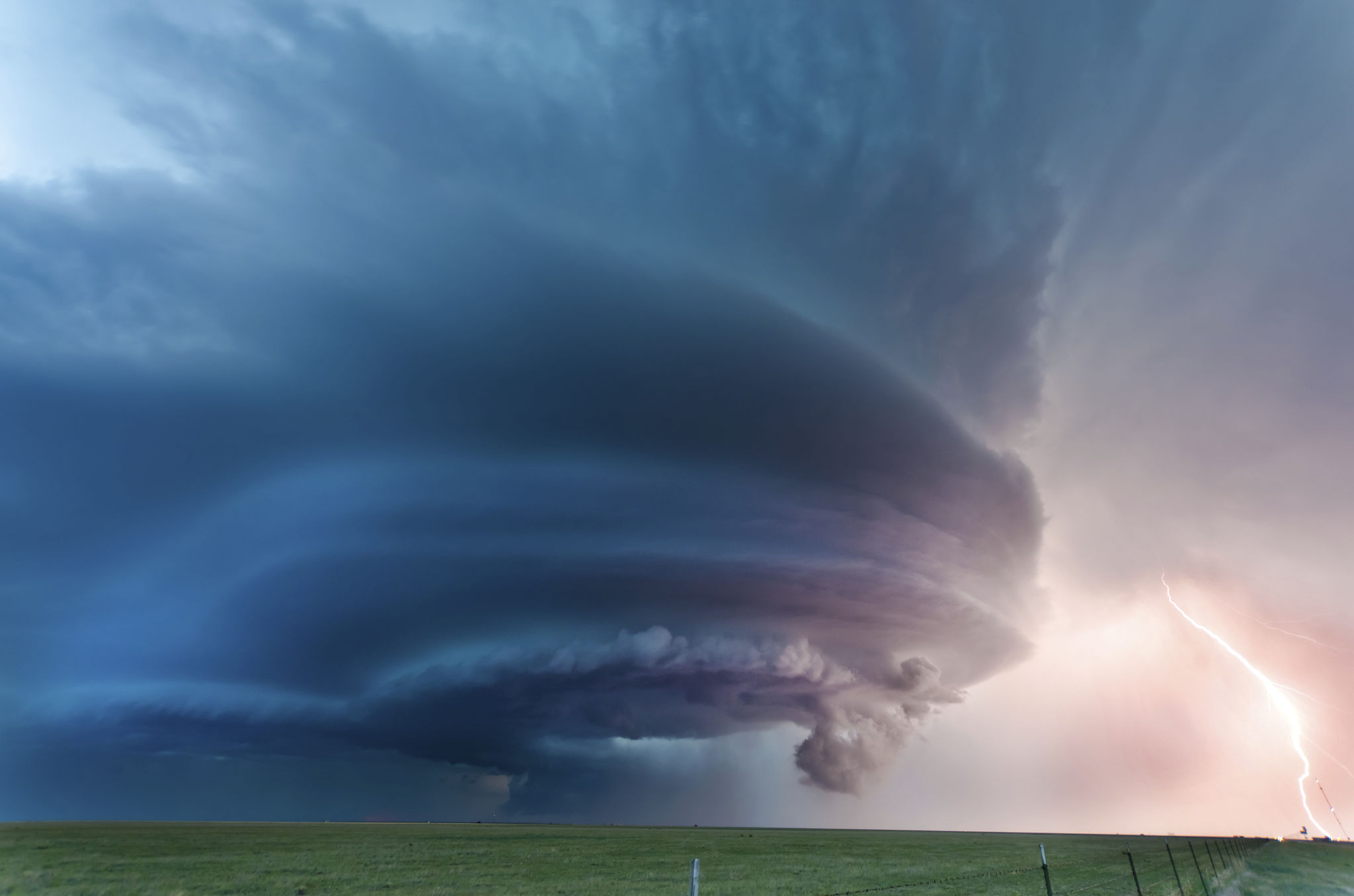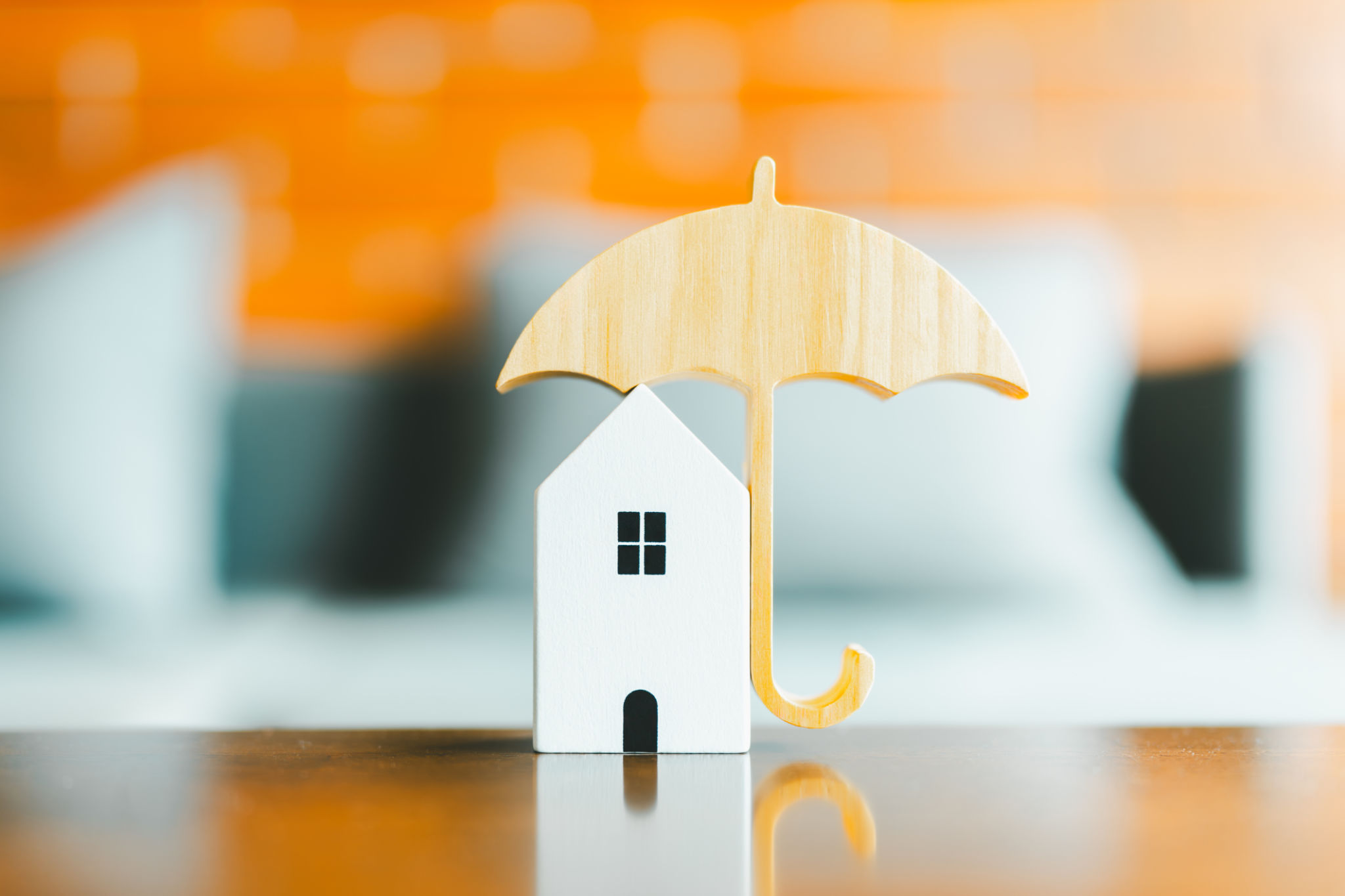Protect Your Home: Understanding Storm Damage Coverage in Texas
Understanding Storm Damage Coverage in Texas
In Texas, weather conditions can be unpredictable and often severe. Homeowners in the Lone Star State face a unique set of challenges when it comes to protecting their homes from storm damage. Understanding your home insurance policy and its storm damage coverage is crucial to ensuring that you are adequately protected.

What Does Storm Damage Coverage Include?
Storm damage coverage typically includes protection against damages caused by wind, hail, lightning, and rain. In Texas, where hurricanes and tornadoes are not uncommon, these elements can cause significant destruction. It's essential to review your policy to confirm that wind and hail damage are covered, as these are often the most common types of storm-related incidents in the region.
Some homeowners might assume that every type of storm damage is automatically covered, but this is not always the case. Policies can vary significantly, and certain damages might require additional endorsements or riders. For instance, flood damage is usually not included in a standard home insurance policy and requires a separate flood insurance policy.

Understanding Policy Limits and Deductibles
When reviewing your storm damage coverage, pay attention to policy limits and deductibles. A policy limit is the maximum amount your insurer will pay for a covered loss. It's crucial to ensure that this limit aligns with the potential cost of repairing or rebuilding your home. In Texas, where construction costs can be high, it might be wise to consider increasing your policy limits.
A deductible is the amount you must pay out of pocket before your insurance coverage kicks in. In areas prone to storms, insurers might have separate deductibles for wind and hail damage. These deductibles are often a percentage of the home's insured value rather than a fixed dollar amount, which can significantly affect out-of-pocket costs during a storm event.

Steps to Take After a Storm
In the aftermath of a storm, the first step is to assess any potential damage. Documenting damage with photos and videos can be helpful when filing an insurance claim. Contact your insurance company as soon as possible to report the damage and start the claims process.
- Secure your property: Prevent further damage by covering broken windows or holes in the roof with tarps or plywood.
- Keep receipts: Save all receipts for temporary repairs or living expenses if you need to stay elsewhere while your home is being repaired.
The Importance of Regular Policy Reviews
Regularly reviewing your home insurance policy is vital to ensure that you have appropriate coverage for storm damage. As Texas continues to experience extreme weather conditions, having a comprehensive understanding of your policy can save you from unexpected financial burdens.
Consider consulting with an insurance professional who understands the specific risks associated with living in Texas. They can help tailor your coverage to better suit your needs and ensure that you are fully protected against storm-related damages.
